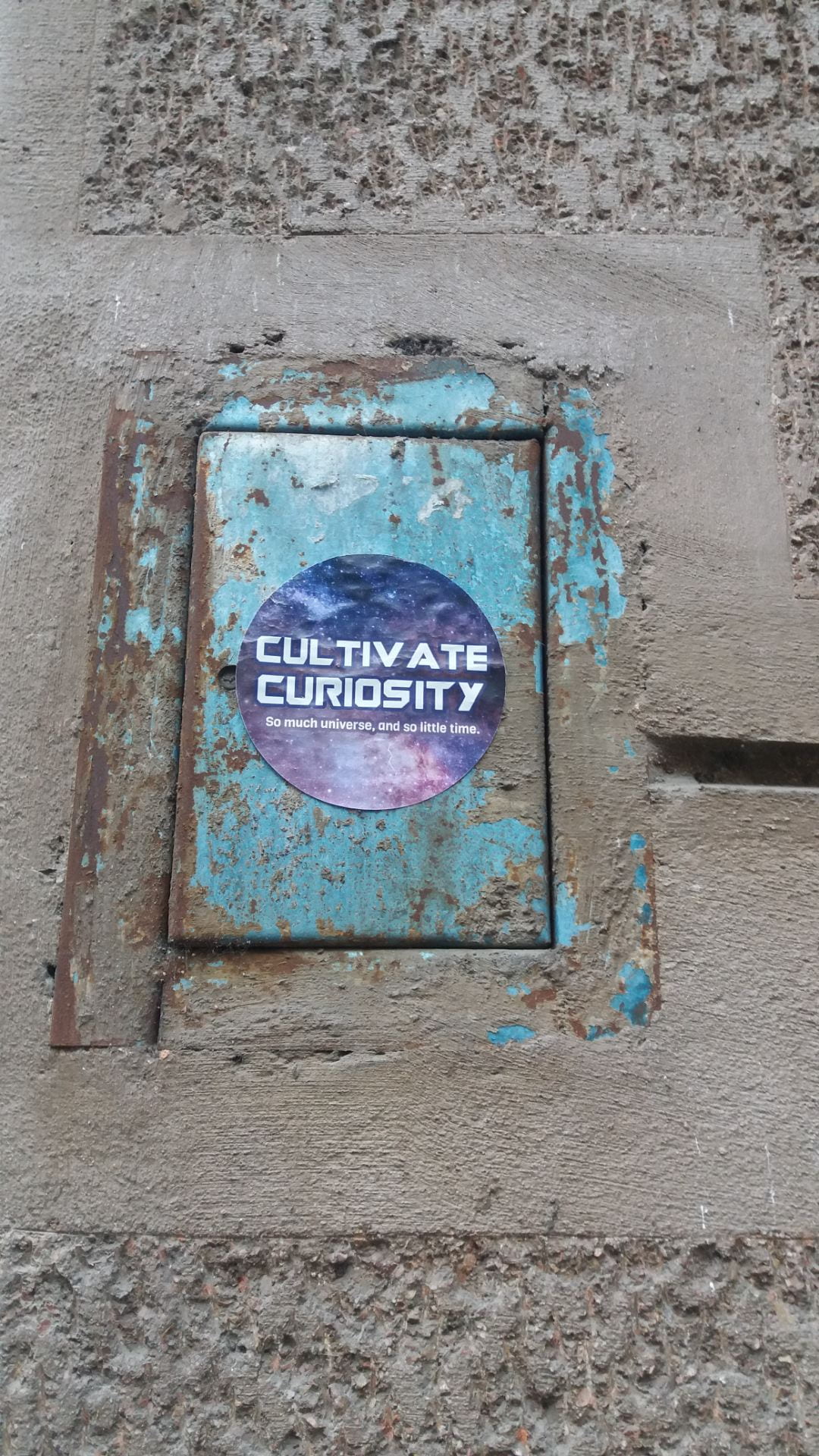Have you ever felt a strong urge to find out something, such as the outcome of a sporting event or how to use a new phone app? That urge was part of curiosity, a positive, motivating emotion. It drives a person to act.
Curiosity can lead to valuable learning. For scientists, inventors, and others, it can lead to breakthroughs.
Curious individuals tend to exhibit growth-oriented behavior, to have a sense of meaning in life, and to have high life satisfaction.
Curious individuals also are likely to be creative. Another psychologist and I found a substantial association between curiosity and creativity in a meta-analysis of 10 studies that included a total of almost 2700 participants.
I helped complete a separate meta-analysis on the effectiveness of different ways researchers have tried to increase curiosity in others. The methods tested included creating a mystery, encouraging mindful awareness, and providing autonomy in how to complete a task. Other methods tested include providing a game with both success and failure possible — and the outcome unknown.
Across 41 studies with a total of 4,400 participants, the results showed that curiosity-enhancement methods worked. The biggest effects were for creating a mystery with an unknown solution and for providing a game to play with the outcome unknown.
Advertisers use these methods to market new products. They tantalize consumers with mention of a new product that can do something amazing. The consumer then finds out interesting information about the product (and how to buy it).
Escape rooms use the same principle: Create an interesting knowledge gap (how to escape a room by following clues) and then prompt a person to find the answer. There are escape rooms here, there, and everywhere.
Gambling enterprises also count on the appeal of game playing with unknown outcomes. They make billions of dollars worldwide from millions of gamblers.
Some fiction writers create mysteries and suspense for a living. Who’s the serial killer? Will Eleven in Stranger Things save the world?
Teachers and parents sometimes use sophisticated methods to pique curiosity, for example, by asking an interesting question: What makes the sky blue? Why do we have emotions? What is chewing gum made of?
These sorts of questions can stimulate curiosity about a specific topic — and also lead to increases in general curiosity. Our meta-analysis on intervention showed that both outcomes are possible. Imagine a classroom of students filled with curiosity about almost everything!
When I teach university psychology courses, I use the Socratic method of asking students questions, e.g., how might we use psychological methods to help an extremely jealous individual? How do we help smokers quit their habit?
Medical schools tend to use problem-based learning. In this method the instructor gives the students a medical case and asks the students how they would go about diagnosing the problem and how they would treat it. Here is one: A usually healthy 50-year-old patient has trouble standing up. The problem started a few weeks ago, along with severe headaches. Possible diagnoses? The drama of a realistic case stimulates curiosity.
I use another curiosity-inducing method when I teach: I give students autonomy whenever possible. For instance, I ask my students in one course to complete a behavior-change project and allow them to choose the specific behavior. They choose according to their own interests. Some focus on a phobia. Others target nail biting. Some aim to cease using an addictive substance.
If you want to pump up the curiosity of students, children, or anyone, try the methods we found to be effective: create a mystery, ask an appealing question with no obvious answer, give the person autonomy in finding an answer, or create a game with the outcome unknown.
Photo by Marija Zaric on Unsplash




0 Comments